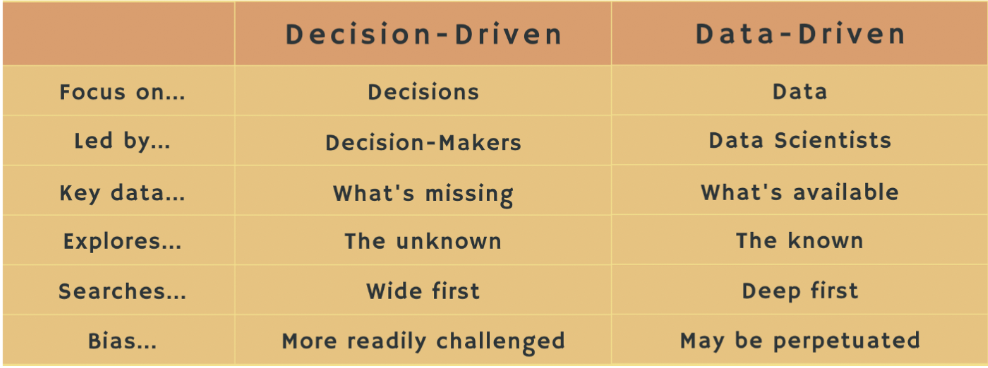
Data Culture
5 Tips to Make a Data Literacy Program Stick in Your Organization
Published
March 2, 2023
Read Time
4 minutes
Topics
Data literacy

Read Time
4 minutes
Topics
Data literacy

You’ve put in a year (or two) implementing a successful data literacy program. That probably puts you in the minority among most companies. But resting on your laurels isn’t an option, because data literacy requires constant reinforcement.
Here are five tips to ensure your data literacy program grows and flourishes.
- Find and promote more data-literate leaders. The unevenness of data leadership in large enterprises was brought home to me recently when I spoke to a roomful of data leaders. I had a 45-minute slot but the discussion went on for five hours. For every data manager who said, “My boss is great: He led our investment in sensors and we have the data we need to work with,” there was one who lamented, “My boss is totally ignorant, even after we did a pilot.” So keep teaching, developing, and inviting more leaders to the data literacy party.
- Look for pilot projects to help you put quick wins on the board. Continuously find small pilot projects to show leadership that data analytics work. The results may surprise you. I was once involved in a small pilot that yielded big results: a new way of predicting the cost of maintenance contracts led to a pricing policy that saved a client over $50 million. Not surprisingly, leadership loved the model, and the story spread like wildfire. So find a high-impact business decision and notch a quick win.
- Approach data as a shared resource rather than the territory of technical users. Preach that data is a team sport. That’s a counterintuitive point of view for a lot of companies, where the attitude can sound more like, “My data is mine.” But the more data you get, the more relationships you find in that data, the more value you get from it. When technical and business users come together, you get more project success and much less internal politics.
- Recruit data humanists for your teams. Data humanists have data literacy but also experience in a particular domain, like HR, marketing, or sales. Include them in data projects and have them guide you from a business point of view. Including people with a humanities background adds the user’s perspective you can’t get from left-brained colleagues.
- Be decision-driven rather than data-driven. Being driven by data can lead you to answering the wrong questions. When people jump straight into the data and come up with insights, that’s great. Unless, of course, you weren’t trying to answer that question. Decision-driven organizations focus on decisions first, not the data at hand. They’re led by decision makers, not scientists. They wonder what’s missing first, and explore the unknown as much as what’s known. They look wide first, then dive deep. When driven by business teams, results tend to be less biased. More on this point on my blog, and below.

As a data leader, you already know the power of data. Your success as an organization depends on making your excitement contagious, getting more leaders involved, and leading the use of data from a decision-forward point of view. Establishing these habits can make your data literacy program stick and scale for the long run.








